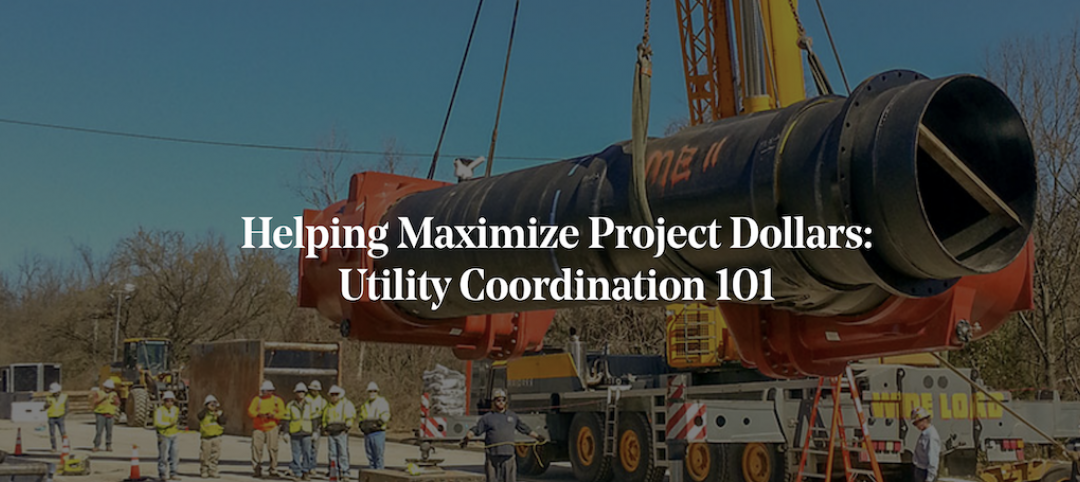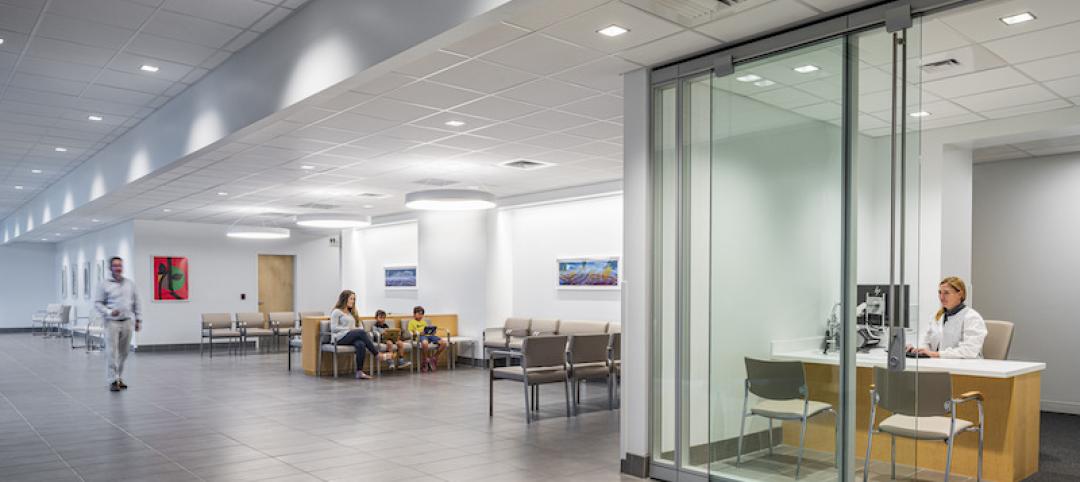Entering some airports in the United States can feel like a throwback to the 1970s and 1980s when many of them received their last facelift. As an aviation architect, it’s hard to miss the design details that are clearly reminiscent of the days before government regulated baggage and passenger screening, and certainly well before the notion of self-service and mobile check-in. But knowing the complexities that come with construction at an active airport, in spaces that are operational 18-22 hours a day, it’s no wonder many airport operators tend to resist major renovations until capacity dictate them. But at what cost?
Over time and without enough TLC, these aging facilities are becoming operationally and structurally inefficient. Security requirements and passenger processing are ever-changing, while old buildings are simply less efficient. From space planning considerations based on functional changes like self bag-tagging, to upgrading mechanical and lighting systems for energy efficiency and materials specifications that are easier to clean and maintain, the processes and building must change with the times. Opportunities abound to increase efficiency, maximize opportunities for non-aeronautical revenue such as advertising, improve performance and reduce operating costs.
 Norfolk International Airport’s terminal modernization provided operational and functional improvements as well as brighter, more open space for passengers to enjoy.
Norfolk International Airport’s terminal modernization provided operational and functional improvements as well as brighter, more open space for passengers to enjoy.
With the rapid advancements in technology and on-demand everything, passenger expectations are also high. They want the ability to streamline the process or they require a higher-touch experience. This translates to expectations for more choice in concessions, high-tech facilities with ubiquitous wi-fi and places where they can plug in and connect. Address these areas and in turn, airports are seeing increased revenue from non-aeronautical sources. Research shows that unhappy passengers tend to spend up to 45% less at airports and it impacts that always coveted passenger satisfaction ranking.
The airport typically bookends a person’s experience in a place, so why wouldn’t airports work to deliver an exceptional experience? The Airports Council International – North America (ACI) predicts that in the next three to five years airports will offer a wide range of new and expanded amenities. It’s critical to an airport’s success to meet the passenger’s changing needs and new expectations, not just achieve parity with other airports. Let’s choose to look at this as an opportunity for improvement.
 Prominent airport information desks and signage eases wayfinding and improves the passenger experience at Tampa International Airport.
Prominent airport information desks and signage eases wayfinding and improves the passenger experience at Tampa International Airport.
More from Author
Gresham Smith | Aug 17, 2023
How to design for adaptive reuse: Don’t reinvent the wheel
Gresham Smith demonstrates the opportunities of adaptive reuse, specifically reusing empty big-box retail and malls, many of which sit unused or underutilized across the country.
Gresham Smith | May 24, 2023
Designing spaces that promote enrollment
Alyson Mandeville, Higher Education Practice Leader, argues that colleges and universities need to shift their business model—with the help of designers.
Gresham Smith | Apr 24, 2023
Smart savings: Commissioning for the hybrid workplace
Joe Crowe, Senior Mechanical Engineer, Gresham Smith, shares smart savings tips for facility managers and building owners of hybrid workplaces.
Gresham Smith | Mar 20, 2023
3 ways prefabrication doubles as a sustainability strategy
Corie Baker, AIA, shares three modular Gresham Smith projects that found sustainability benefits from the use of prefabrication.
Gresham Smith | Jan 19, 2023
Maximizing access for everyone: A closer look at universal design in healthcare facilities
Maria Sanchez, Interior Designer at Gresham Smith, shares how universal design bolsters empathy and equity in healthcare facilities.
Gresham Smith | Dec 20, 2022
Designing for a first-in-the-world proton therapy cancer treatment system
Gresham Smith begins designing four proton therapy vaults for a Flint, Mich., medical center.
Gresham Smith | Nov 21, 2022
An inside look at the airport industry's plan to develop a digital twin guidebook
Zoë Fisher, AIA explores how design strategies are changing the way we deliver and design projects in the post-pandemic world.
Gresham Smith | Feb 13, 2022
Helping maximize project dollars: Utility coordination 101
In this post, I take a look at the utility coordination services our Transportation group offers to our clients in an attempt to minimize delays and avoid unforeseen costs.
Gresham Smith | May 7, 2021
Private practice: Designing healthcare spaces that promote patient privacy
If a facility violates HIPAA rules, the penalty can be costly to both their reputation and wallet, with fines up to $250,000 depending on the severity.
Gresham Smith | Mar 4, 2021
Behavior mapping: Taking care of the caregivers through technology
Research suggests that the built environment may help reduce burnout.
















